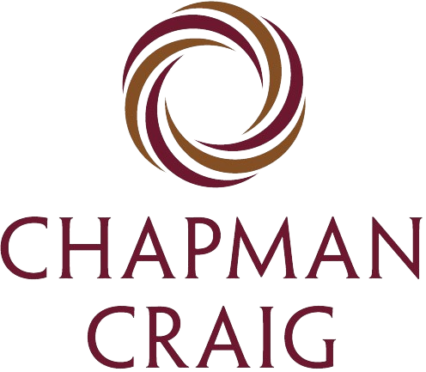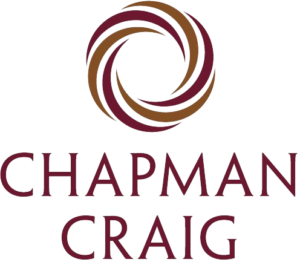
Vintage Wine Market Update – November, 2024
Fine wine market
These are difficult times for the fine wine market in general but particularly for Bordeaux. The Liv-ex 50 index (10 most recent vintages of Bordeaux 1st growths) has fallen by 23.5% over the past 2 years. According to Liv-ex, there are now in the secondary market three times more Bordeaux offers than bids. It is definitively an appropriate time to stock up on some of the best vintages in top Bordeaux wines. No region in the world has been immune to the continued price decreases. The Liv-ex 100 (100 most sought after wines of the world; France, Italy, USA , Australia and Spain) has dropped by 11% since October 2023.
Despite a recent relative stability in price for high end products such as Burgundy Domaine de la Romanee Conti and Armand Rousseau, it is impossible to know if the market has hit the bottom. However, hopeful wine merchants are predicting that the worst is over. As it is generally the case in time of a downturn, it gives an opportunity to invest in a market with strong potential of capital appreciation. The auction market has also been feeling the effects of this major market correction but to a lesser extent. Rare vintages or wines produced by famous winemakers no longer alive are still attracting a lot of interest
Harvest 2024 in France
2024 will most certainly be remembered as a catastrophic year for wine growers across France. The total production is expected to be down by 18 to 20 % compared to 2023 because of very unfavorable climatic conditions. Depending on the region in France, vineyards had to deal with one or more issues; frost, rain, mildew, hail, drought and coulure (failed pollination). It is too early to tell what the quality will be but only the best terroirs and the financially secured vineyards will be able to produce excellent wines.
On top of a challenging climate situation, Bordeaux producers also have to deal with a problem of over production. A large campaign of vines uprooting is happening with 20 000 vines expected to be pulled out by the end of 2024.
Insights from Vinyards: Domaine Lippe-Boileau (Burgundy) on the 2024 Vintage
As the sun sets over the picturesque hills of Gevrey-Chambertin in Burgundy, Caroline & Julien at Domaine Lippe Boileau take a moment to reflect on their 2024 vintage, an experience marked by both adversity and remarkable resilience. This year has tested the mettle of winemakers, yet it has also highlighted the beauty of dedication and craftsmanship that define this esteemed domaine.
The season began with a tumultuous spring, characterized by heavy rainfall that inundated the vineyard. The relentless downpours resulted in the wilting of delicate flowers, leading to noticeable losses in the early stages of growth. The team watched with concern as the climate continued its unpredictable course, ushering in a wave of intense rains that ultimately made the 2024 season one of the most challenging in recent memory due to the prevalence of downy mildew.
Despite these hardships, the team at Domaine Lippe Boileau remained undeterred. With careful monitoring and strategic interventions, they engaged in a proactive battle against the disease, employing both traditional and innovative viticultural practices. Their efforts bore fruit culminating in a successful harvest of high-quality grapes that reflected the terroir’s resilience.
The vinification process that followed the harvest was met with optimism. The winemakers reported that the fermentation was smooth, with the vats showcasing a well-balanced profile in terms of pH, sugar, and acidity. An encouraging observation emerged during this phase: malolactic fermentation had yet to commence, indicating low volatile acidity levels, which was a promising sign for the quality of this year’s vintage.
Given the limited volumes produced this year—just 25 hl/ha—Domaine Lippe Boileau made a strategic decision to focus on delivering bottled wine to their loyal customers. This choice underscores their dedication to quality over quantity, ensuring that every bottle represents the hard work and passion infused into the vineyard.
Click here to download a PDF version of this article.





Recent Comments